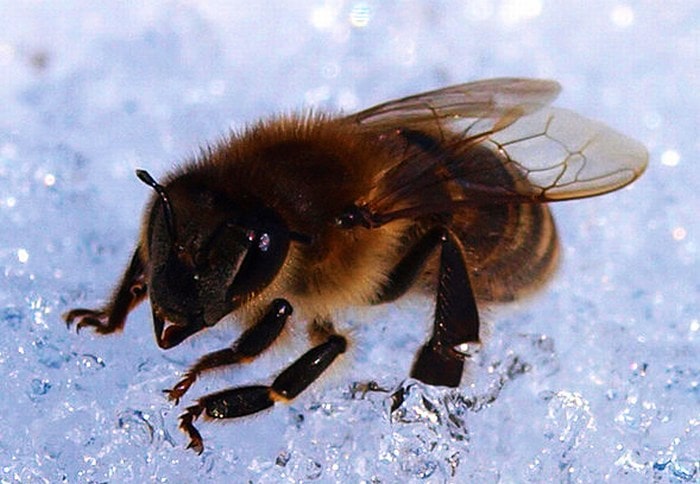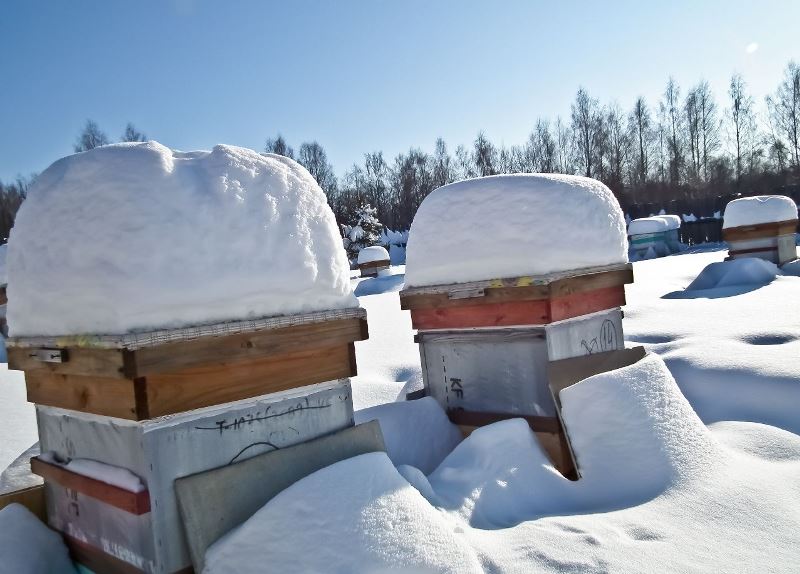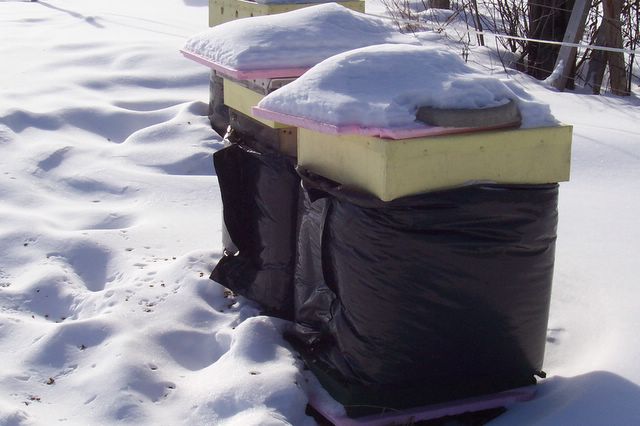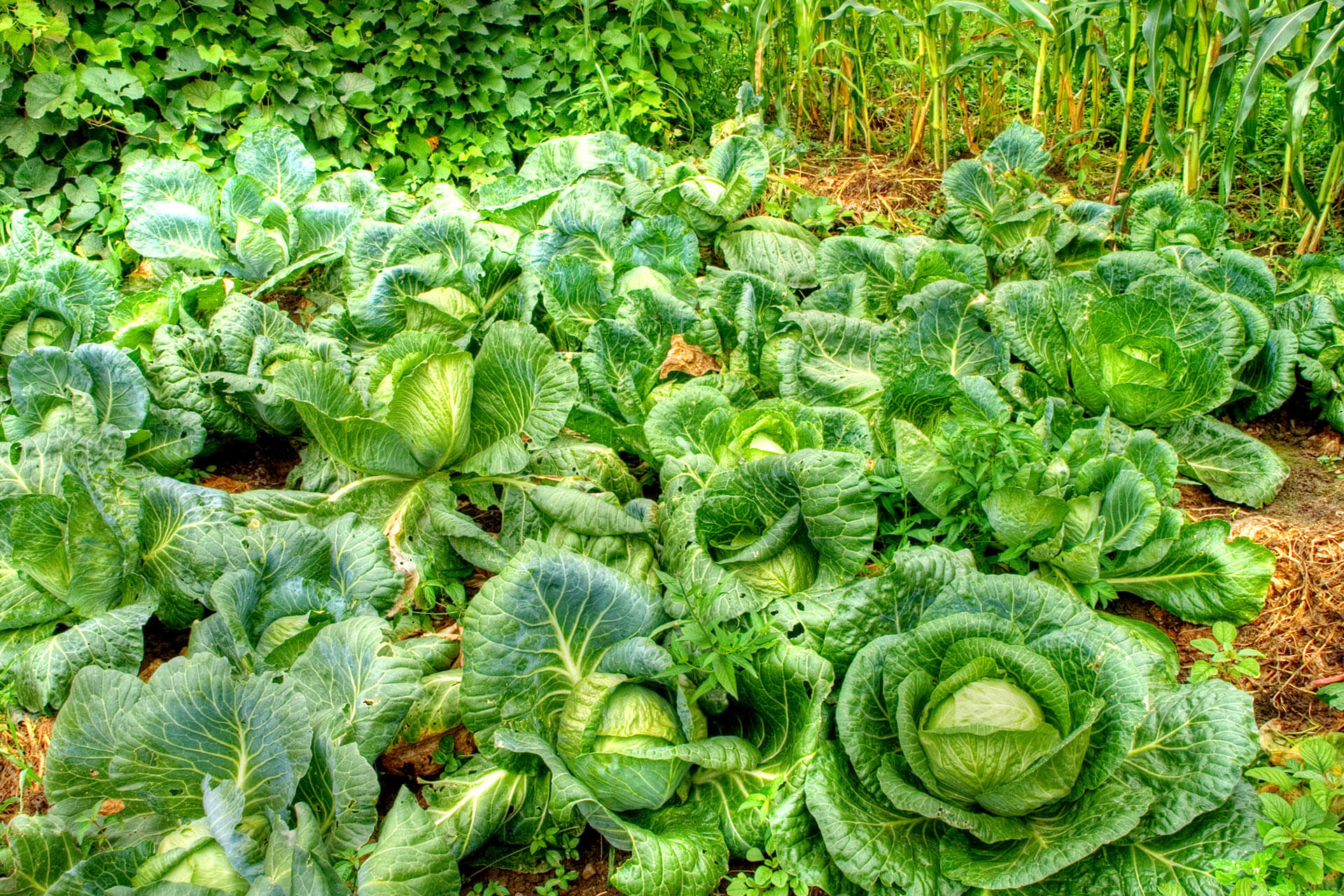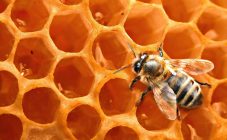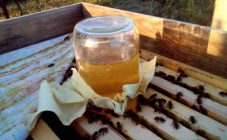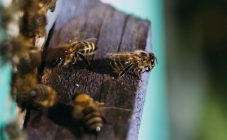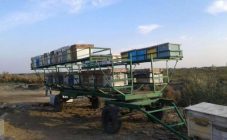Content:
In order to collect as much honey as possible during the season, beekeepers should pay special attention to the wintering of bees. The wintering period is the end of autumn and the beginning of spring heat. If the hibernation is successful, the number of individuals will increase, along with this the amount of honey collected.
Which bees go to winter
In winter, it is preferable to leave young individuals. This is due to the fact that the more young, the better the wintering is, in the spring the development proceeds faster.
Where do bees go in winter
Where do bees live in winter? There are several ways to winter bees. Some of them require the construction of special structures, or you can move the hives to separate rooms. Some methods are suitable for certain climatic conditions. In the article, we will consider the wintering of bees in the wild under the snow, in housings and "Norwegian".
Wintering of bees in the wild under the snow
Hibernation of bees under the snow is suitable for places where frost is stable and there is a lot of snow. Since one of the properties of snow is low thermal conductivity, a stable temperature is maintained under the cover. Wintering under the snow assumes that the hives do not need to be moved anywhere, they remain in the same places as in summer. To avoid icing the house, cover it with waterproof paper or dry leaves, straw and pine branches. Also, the top layer of snow should be periodically loosened, since its icing can disrupt air exchange inside the bee's dwelling.
The lower and upper entrances should be kept open during wintering outdoors. The purpose of the upper taphole is ventilation and ensuring the flight of bees. The lower entrance is sometimes clogged with debris, and in order to get out, insects use the upper one.
The basic rules that beekeepers should follow if bees remain free to winter:
- the number of nests should be kept to a minimum;
- honey should be placed over the club;
- the heat trap must be kept intact;
- provide maximum insulation of the nest;
- ventilation is required (through the bottom);
- the nest should be protected from the wind as much as possible.
This type of wintering has disadvantages. The first disadvantage is that the quality of wintering depends on the snow cover, if there is no snow for a long time, then the nests do not have sufficient protection. Thus, special attention should be paid to preparing the hives for the winter period. Warming should be carried out both inside (with pillows) and outside (during the first snowfalls, sprinkle with snow). To protect the nests from snow and wind during the initial wintering period, boards are placed near the entrance.
The second disadvantage is that mold and moisture appear inside the walls with direct contact with the snow. In order to avoid such troubles, the walls of the hive should be insulated with material.
Where bees are kept in Siberia in winter
In Siberian climates, it is better for bees to winter in housings. The advantage of this method is that insects can fly late in the autumn, and early in the spring. Let's consider what wintering in jackets is, in more detail.
Wintering in jackets in Siberia
The design of the casing is well protected from winds, and it is easy for insects to keep warm inside. Shields (boards, brushwood wattle and others) serve as the material for the construction of the casing.
To reduce the consumption of building materials, the structure is built for several bee colonies (two to four). In order to build a casing for four families, 0.16 cubic meters of materials are taken. The casing for standard (12 frames, single-walled) hives is made of the following material sizes: length - 150 centimeters, width - 75 centimeters. Two shields go to the bottom, four to the side walls. To connect the shields, nails or hooks are used. The casing is installed on a hill, with a height of 5 to 10 centimeters. Bars are used to ensure elevation.
The houses should be placed inside the casing in such a way that the entrances are on opposite sides. The design of the casing should provide for a corridor from the walls of the casing to the hive entrances of the following size: width - 150-200 millimeters, height - 8-10 millimeters. The resulting space between the structure and the houses should be insulated with materials. The roof must be protected from moisture.
The advantage of this method is that the hives are sheltered from wind and precipitation. A favorable regime for the life of insects is maintained inside. The disadvantages include the fact that control over the course of wintering is impossible. It should also be noted the complexity of this method and the need to purchase building materials.
"Norwegian" wintering
Norway has a long winter. This fact forces the bees to stay in the club for about six months, which is not easy for them. Norwegian beekeepers have come up with their own method for wintering bees. It is based on knowledge of the thermal regime in the insect house.
The temperature in the hive does not depend on external factors, since the bees themselves maintain the desired temperature regime. Research has shown that the club does not add warmth to the hive. Thus, these observations became the reason for the refusal to use heaters for hives. A modern method that is used in Norway is free wintering in hulls. Each case accommodates about nine frames, which measure 448 millimeters long and 232 millimeters wide. On the frames on top there are bars 12 millimeters wide, which are fastened with nails. The distance of the nests between the bodies is reduced due to the fact that the thickness of the upper bar is lowered by 10 millimeters.
With the onset of autumn, the old frames are replaced with foundation with sugar syrup. This is done in order for individuals to build new cells. The method differs in that pathogens do not settle on new cells. Since there is no bee bread, the reproductive instinct is suppressed, forces go to winter, new offspring appear in the spring.
In the autumn period, honey is taken (only that which is in the combs with brood remains). Sugar is used as a top dressing. In the spring-winter period, thirty kilograms of sugar are enough for insects. At the end of wintering, the remainder of the feed is about ten kilograms, this is enough until the first bribe. The next feeding begins at the end of summer. For this, sugar syrup is used.
Necessary conditions for Norwegian wintering:
- young uterus;
- a large number of young bees;
- ready-made nests;
- a good supply of feeding;
- protection against moisture, winds and rodents;
- air exchange.
Such overwintering ensures dry hives, few dead bees and no mold. The vitality of families is increasing.
So, in the harsh climate of Russia, wintering for bees is a difficult time. But this period is important, the future collection of honey depends on it, so you should take a responsible attitude to preparing the hives for winter. Three methods of wintering are considered: in jackets, in the wild under the snow, and Norwegian. All of them have their pros and cons, each beekeeper chooses the most convenient for himself.
